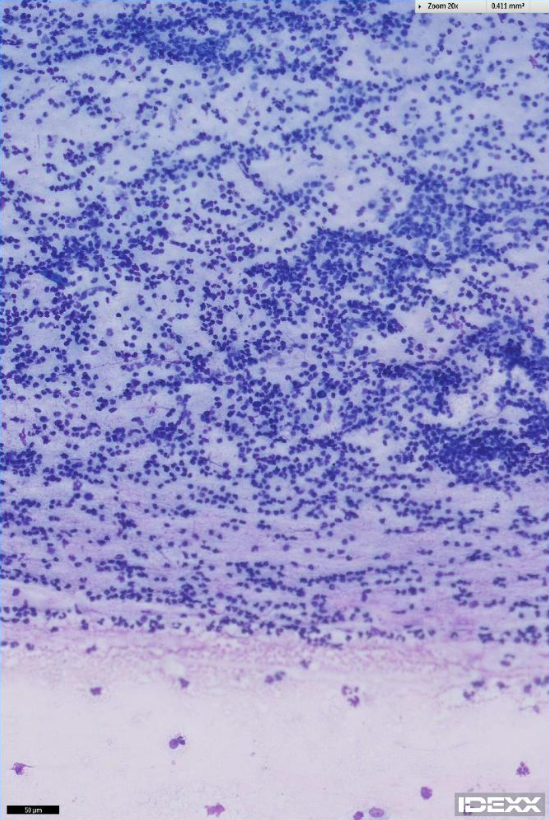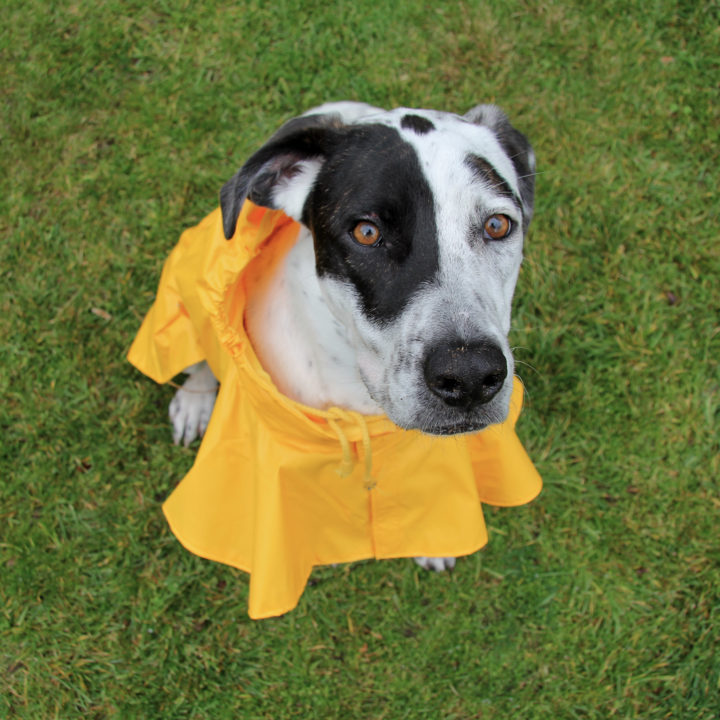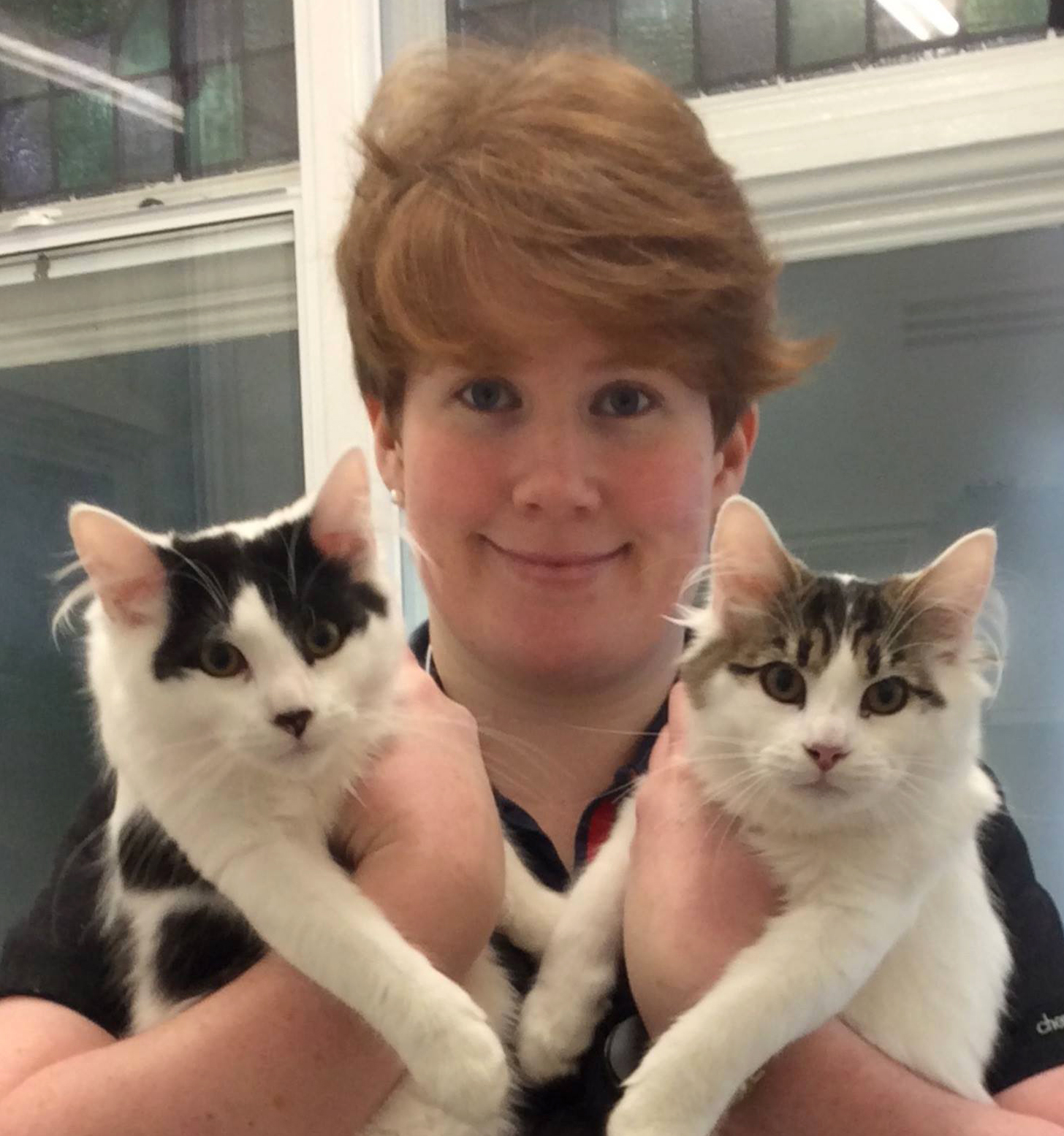I frequently see cats from Kingsdown Cat Sanctuary for routine health checks, blood tests, microchipping and neutering. Clare and David work tirelessly to help cats in the Deal, Sandwich and Dover area.
In November I saw Raggs, a lovely female, medium haired, black cat who has lived at the sanctuary for quite a few years. She had been suffering with a heavy nasal discharge and her appetite had reduced significantly – probably from not being able to smell her food. Cats actually have a limited palate as they have very few taste buds in comparison to us, so smell is very important.

Upon examination she was subdued and having to put a lot of effort into breathing through her nostrils. There was yellow mucoid discharge from both nostrils and her tonsils were inflamed. Using my stethoscope to listen to her heart and lungs, I could hear noises echoing down from her nose and throat (upper respiratory tract).
Upper respiratory disease is quite common in cats and can be caused by a long list of problems. This can included cat flu (caused by a number of viruses), bacterial infections, foreign bodies (for example a blade of grass that gets stuck in a nostril) and even tumours.
I advised that we anaesthetise Raggs to investigate things further. Once under anaesthetic the first thing we performed was sample collection. We do this first so that the samples are truly representative of the area before we disrupt the area. I could not find any foreign material in her nostrils or throat. After making sure there was a dam of swab material at the back of her throat, to collect the discharge and to prevent flooding the lungs or stomach, I flushed both nostrils with sterile saline. This was very satisfying as there was a lot of snotty discharge to remove! When Raggs woke up from the anaesthetic she was able to breathe very well form her nostrils as we had cleared them out with the flushing technique. Once home that evening she was delighted to be able to smell her food and her appetite was back to normal.
We had to wait a few days for the sample results from the laboratory. The results showed that Raggs had an infection with Mycoplasma felis. Mycoplasma are the smallest bacteria discovered so far and are part of the prokaryote group; they are tiny single cell organisms and have a simple structure and differ from the more complex eukaryote organisms in a number of ways. Cats and humans are eukaryote organisms. The first living organisms are thought to have been prokaryotes.
Mycoplasma felis is often thought to be what we call a commensal organism – meaning that is normal for it to be present in certain locations, much like bacteria in our intestines or on our skin. This makes it difficult to tell whether the tests shows a normal finding or whether the clinical symptoms are caused by the Mycoplasma. It is often the case that an infection by another bacteria or virus has weakened that immune system and natural defences in the nostrils, and then the Mycoplasma felis can start to cause damage too. Raggs tested negative for Chlamydophila felis, Feline Calicivirus and Feline Herpesvirus; which can also be involved in feline upper respiratory disease,
Given the results, I recommended that Raggs had a course of antibiotics tablets that Clare diligently gave. I prescribed an antibiotic called doxycycline which can be tricky to administer as we have to make sure the tablet reaches the stomach quickly. If it gets stuck in the oesophagus it can can oesophagitis – inflammation of the oesophagus. This meant that Clare had to pop the pill into the back of Raggs’ mouth and then syringe water into her mouth to make sure that it was properly swallowed. Luckily Raggs is very well behaved and tolerated this well. Within a week of taking the antibiotics Raggs’ nasal problems had vanished and Clare could peacefully watch TV without the sound of Raggs snuffling and snoring next to her!
If you have enjoyed this article then please consider giving a donation to Kingsdown Cat Sanctuary. You can donate here on their website.

Here is the view down the microscope looking at a smear of Ragg’s nasal discharge. All of the purple dots are cell nuclei, where the genetic information of the cell is stored as DNA.






Comments